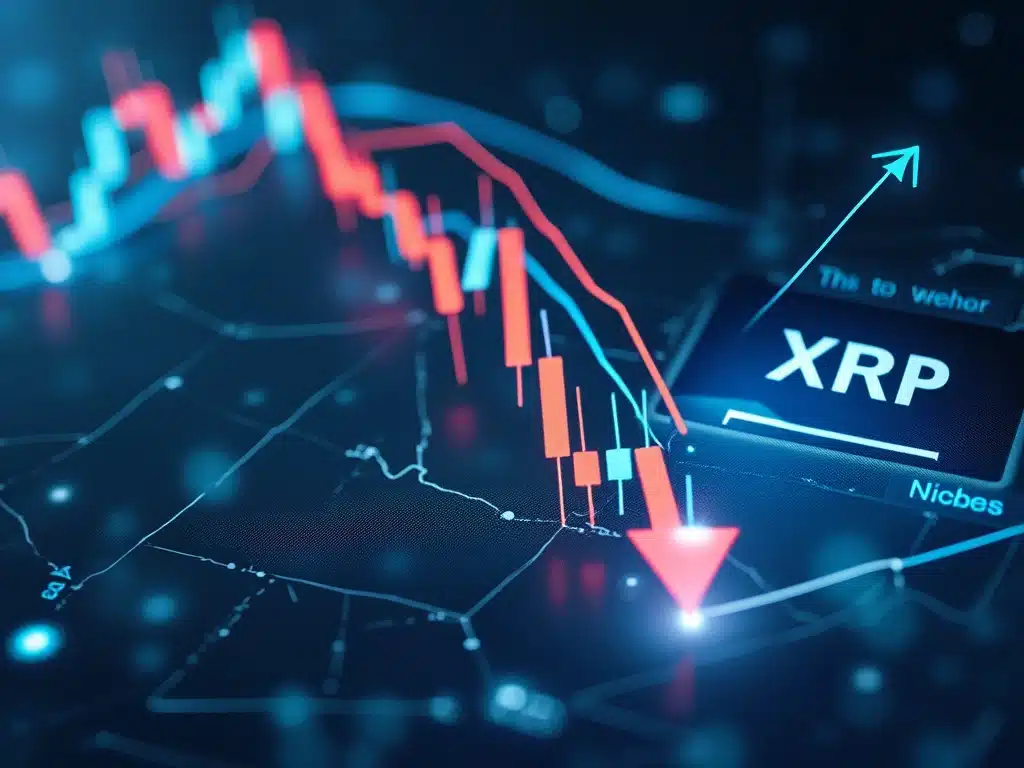Solana, a highly performant blockchain network, is rapidly gaining traction in the crypto community, particularly as its liquid staking offerings attract increasing attention. Liquid staking allows token holders to stake their assets while maintaining liquidity, a feature that has piqued the interest of retail investors and institutional players alike. With its innovative approach, Solana’s liquid staking is poised for significant growth, potentially increasing fivefold in the near future.
What is Liquid Staking?
Liquid staking is a cutting-edge concept in the world of decentralized finance (DeFi). It enables users to stake their cryptocurrencies to support blockchain operations while still having access to liquidity. This is accomplished by issuing a derivative token that represents the staked asset and can be traded or used in other DeFi applications.
Key Benefits of Liquid Staking
- Liquidity: Token holders can freely trade or leverage the derivative token without locking up their original assets.
- Yield: Stakers can earn rewards from both staking and additional DeFi activities.
- Flexibility: Users are not bound by lengthy lock-up periods, making staking more accessible and attractive.
Solana’s Edge in Liquid Staking
Solana distinguishes itself from other blockchain networks with its high throughput and low latency. These attributes are crucial for DeFi applications that require swift and efficient transaction processing. Here are some factors contributing to Solana’s edge in liquid staking:
- Performance: Solana boasts a throughput of over 65,000 transactions per second (TPS), making it one of the fastest blockchains currently available.
- Low Fees: Transaction fees on Solana are significantly lower compared to other major blockchains, thus providing a cost-effective solution for retail users.
- Strong Ecosystem: Solana’s robust ecosystem, featuring numerous DeFi applications and integrations, supports seamless liquid staking solutions.
Growing Retail Adoption
The appeal of liquid staking has captured the interest of retail investors. This is driven by various factors:
- Accessibility: User-friendly interfaces and educational resources make it easier for new crypto enthusiasts to participate.
- Reduced Risk: The ability to maintain liquidity while staking mitigates some of the risks associated with locking up tokens.
- Additional Income: Retail investors are drawn to the prospect of earning additional income through staking rewards and DeFi activities.
Forecast: A Surge in Liquid Staking
Industry analysts predict a significant surge in the adoption of Solana’s liquid staking. Key drivers behind this forecast include:
Institutional Interest
- Large-scale Investments: Institutional investors are increasingly allocating funds to liquid staking strategies due to their liquidity benefits.
- Regulatory Clarity: Growing regulatory clarity surrounding staking activities is encouraging more institutional participation.
Technological Advancements
- Improved Infrastructure: Ongoing developments in blockchain technology and infrastructure are making liquid staking more secure and efficient.
- Enhanced Security: Innovations in security measures are addressing concerns related to staked assets and their derivatives.
Expanding Ecosystem
- Partnerships: Collaborations with other blockchain projects and DeFi platforms are broadening the use cases for liquid staking.
- Community Growth: An active and growing community of developers and users is fueling innovation and adoption within the Solana ecosystem.
What’s Next?
Solana’s liquid staking is emerging as a key driver of growth in the decentralized finance space. With its superior performance, low fees, and increasing retail adoption, Solana is well-positioned to see a fivefold growth in its liquid staking market. As institutional interest, technological advancements, and ecosystem expansion continue to evolve, the future of Solana’s liquid staking looks incredibly promising.
For more details, you can read the original article here.
Disclaimer: The information provided in this article is for general informational purposes only and does not constitute professional advice. All content is based on information from sources believed to be accurate at the time of writing. However, the information may be outdated or subject to change. Always seek the advice of a qualified professional regarding any financial, legal, or health-related decisions. The author and publisher of this article are not responsible for any errors, omissions, or results obtained from the use of this information. Reliance on any information provided in this article is solely at your own risk.





 By
By


 By
By


 By
By

 By
By




